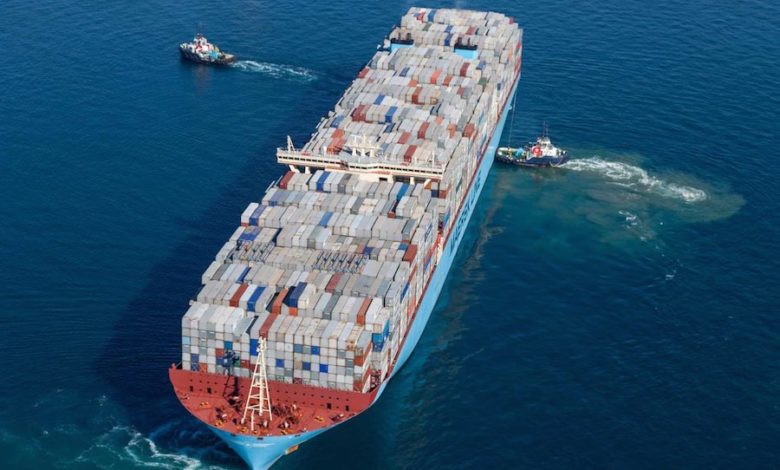$50bn blackhole leaves box shipping ripe for further M&As: Drewry

Container industry revenues are contracting faster than carriers can cut costs, Drewry warns in a new report. First-half results so far suggest sales are down by around 18%, increasing the pressure to reduce costs.
“The container shipping industry is currently enduring a severe revenue contraction that is placing carriers under enormous pressure to squeeze more savings wherever they can and is driving the latest round of M&A activity,” the UK-headquarted consultant noted, describing first half results so far reported as “very depressing”.
Carriers are on course to post full year combined revenues some $29bn less than in 2015 – marking a worse performance than the previous nadir, 2009.
Drewry predicts container lines will lose $5bn this year.
“With carriers waving goodbye to likely more than $50 billion of sales in two years since 2014 – in 2009 the sales reduction was about $66bn in just one year – it should be no surprise that most of the big players are losing money and that some are close to the financial abyss, or that a number of lines are merging in order to better prepare for such hard times,” Drewry noted saying the M&A moves thus far have been “defensive strategies forced upon carriers by the weak state of the market”.
Adding to carriers’ woes, the third-quarter peak season will probably be a washout too, Drewry warned.
Concluding, Drewry predicted: “Prolonged losses will increase the likelihood of more container M&A or more industry consolidation among carriers.”
